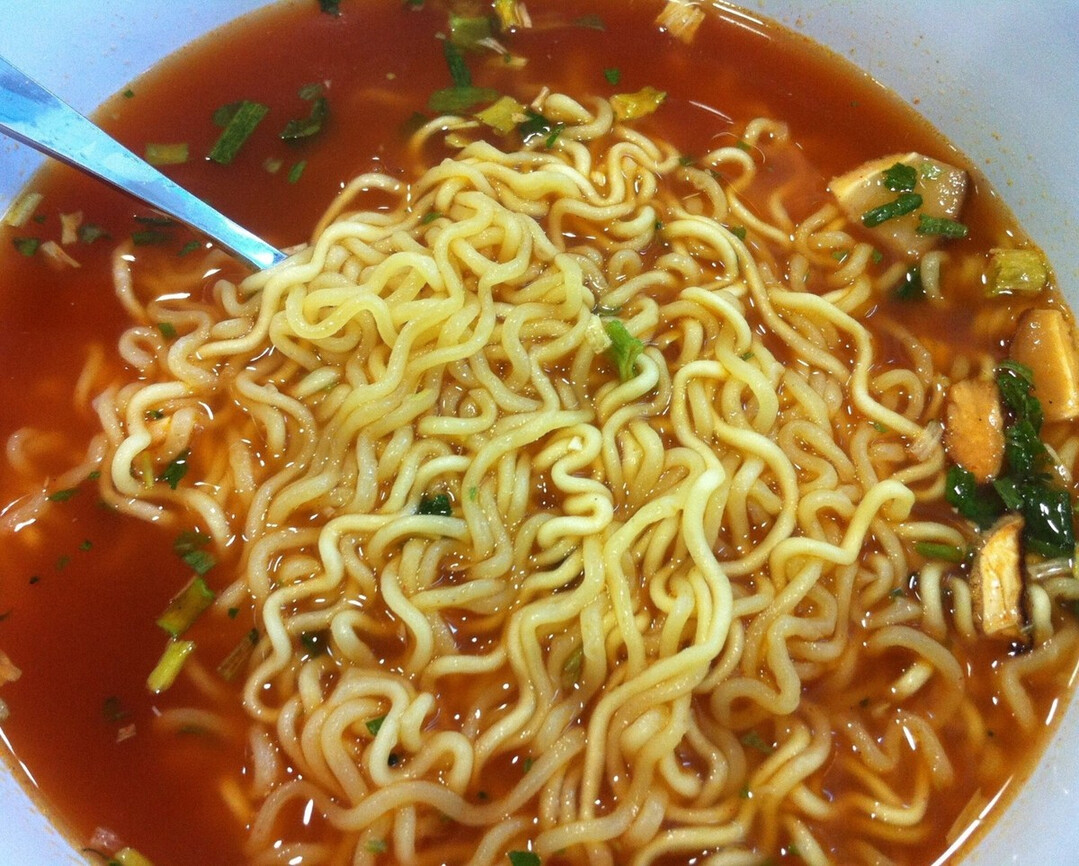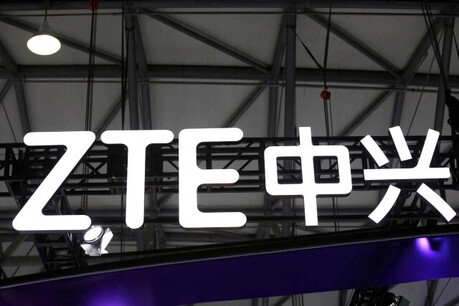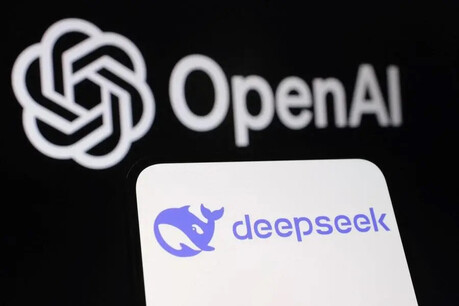
SEOUL, South Korea — South Koreans’ deep affection for instant ramen is well-documented, but a recent report confirms the nation’s standing as a global giant in noodle consumption. Data from the World Instant Noodles Association (WINA) reveals that the average Korean consumed an astonishing 79 packs of instant noodles last year, securing the country the second-highest spot globally.
This puts South Korea just behind the current world leader, Vietnam, where the average person ate 81 servings. Vietnam's rise is a relatively new phenomenon, having overtaken South Korea, which held the number one spot until 2020. The rest of the top ten in 2024 included Thailand (57 servings), Nepal (54), Indonesia (52), and Japan (47). This widespread consumption highlights instant noodles’ universal appeal: they are affordable, convenient, and undeniably tasty.
The Nutritional Trade-Off
Despite the convenience, experts are sounding the alarm about the nutritional quality of this beloved staple. The core issue lies in the fact that most instant noodles are crafted from white wheat flour, a refined carbohydrate with a high glycemic index. This, combined with the fact that many varieties are fried in palm oil, creates a meal that is energy-dense but nutritionally sparse.
The seasoning packets, too, are a major source of concern. They are notoriously high in sodium, which can contribute to elevated blood pressure and irritate the stomach lining. For individuals, particularly those in the prediabetic stage, the rapid consumption of instant ramen exacerbates these issues. The quick digestion and absorption of the refined carbohydrates lead to a sharp, unhealthy spike in blood sugar levels. Simply put, slurping down a bowl in a hurry is the "worst way to eat ramen," according to nutritionists.
Smarter Slurping: Mitigating Health Risks
The good news is that ramen’s drawbacks can be significantly minimized through simple culinary adjustments. The key, according to health experts, is to pair the noodles with fiber- and protein-rich foods.
Eggs and vegetables are a powerhouse combination. The protein in an egg and the dietary fiber in vegetables like kimchi or fresh additions like bean sprouts (or mung bean sprouts) act as buffers. They slow down the overall process of digestion and carbohydrate absorption, leading to a much more gradual and manageable rise in blood sugar.
Bean sprouts offer an extra layer of benefit. They are not only high in fiber and protein but can also help to naturally moderate the soup’s intense salty flavor. Furthermore, they contain antihypertensive peptides that may help prevent blood pressure from rising.
Practical Tips for a Healthier Bowl
Nutritionists offer concrete, actionable steps for those who can’t give up their favorite quick meal:
Reduce Sodium: Use less of the included soup powder. Instead, a small side of kimchi can be used to balance the flavor, as its potassium content helps the body flush out excess sodium.
Add Protein: Always include an egg, chicken, or tofu to introduce protein and slow down carbohydrate absorption.
Boost Fiber: Introduce fresh or frozen vegetables like spinach, mushrooms, carrots, or, as highly recommended, bean sprouts.
Eat Mindfully: Avoid eating too quickly. A slower pace allows for more gradual digestion and a gentler effect on blood sugar.
In conclusion, while South Korea remains a leading consumer of instant ramen, the conversation is shifting from simple consumption to responsible enjoyment. By integrating fresh, nutrient-rich ingredients, the convenience of a quick noodle meal can become a small, but meaningful, step toward a healthier diet.
[Copyright (c) Global Economic Times. All Rights Reserved.]






























